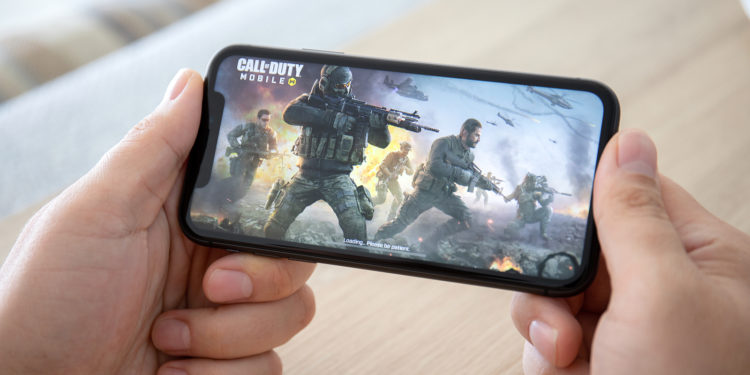As part of the Platforms State of the Union, Apple engineers unveiled some of the new features, APIs, and SDKs coming to iOS 15, iPadOS 15, and more.
At the beginning of last week we reported on the new writtento seamlessly record gaming sessions with a controller in iOS 15. This means that thanks to ReplayKit, users can instantly save the last 15 seconds as a clip when playing a title. As a reminder, Apple announced the “Tap into virtual and physical game controllers” feature during WWDC week.session in which one of the engineers talked about this feature:
As I showed you before, the system gestures for media capture are a double press to take a screenshot in the Camera Roll and a long press to start and stop a ReplayKit recording. This year, we're adding a super cool new way to capture media: 15-second highlights. Instead of having to remember to start and stop recording, players can now simply enable automatic background buffering, which lets them save the last 15 seconds of gameplay.
iOS 15 Game Controller UI: Customizable and easy to add
In the same session, the Apple engineer unveiled the new game controller UI for games on iOS 15 and iPadOS 15.
These new on-screen controls for iPhone and iPad look fantastic and are carefully tuned to the grip positions of different hand sizes for great responsiveness and feel. They're easy to add to your application and work like a game controller. Instead of writing your own on-screen overlay UI and translating touch inputs to your game input system, these on-screen controls appear in your code just like GCController objects from the game controller framework, so your input logic can remain much more consistent.

According to the engineer, it is possible to customize the controller with your own icons, as they integrate with the color and style of the developer's game, while still sharing elements of the design language of iOS and iPadOS.
They adapt to a variety of layouts, depending on whether you want just one button, three buttons, or a D-pad and multiple buttons. The core principle of the on-screen controller is that the left and right areas are configured independently and the layout is determined based on the configuration.
While many iPhone and iPad games already offer on-screen controls, Apple's new virtual game controller is available to all developers. It's customizable, easy to add, and can be used on a per-game basis, so it's likely that game developers will adopt it in the long run. (Photo by Denys Prykhodov / Bigstockphoto)





